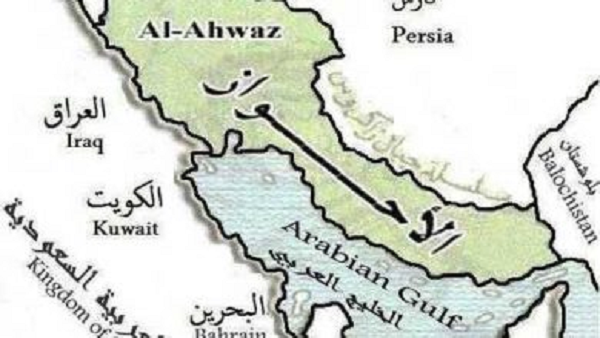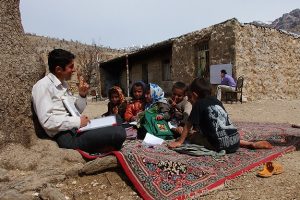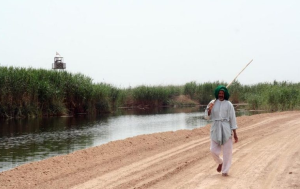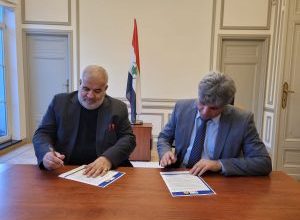
The Political History of Al-Ahwaz: Arab Rule in Al-Ahwaz and the Struggle with Foreign Powers(6)
The Arabian Peninsula and the Arabian Gulf have long been home to numerous Arab tribes and emirates that preserved their independence and cultural identity despite increasing Persian influence.
Despite the attempts of Persian kings to extend their control over the region, the Arabs fiercely resisted this domination. These Arab emirates were independent in managing their affairs and constantly waged wars against the Persian monarchs to maintain their autonomy and identity.
The Struggle with Persia and Control of the Arabian Gulf
These Arab emirates controlled the eastern shore of the Arabian Gulf and played a significant role in negotiations with foreign powers seeking influence in the region.
One of the most prominent of these powers was the British Empire, which, in 1763, was granted permission to establish factories and conduct exclusive trade in the port of Abushahr in Al-Ahwaz, indicating the growing impact of foreign forces on the region.
Among these emirates, the Emirate of Al-Ahwaz was one of the most influential local powers, engaging in wars against the Persian monarchs and European colonial powers.
The emirate managed to seize islands in the Arabian Gulf from the Dutch navy, a remarkable achievement during that era, as the Dutch navy was considered one of the most powerful naval fleets in the world at the time.
Several other emirates, including the Qawasim, Abbasi, Al-Abadla, Al-Mansour, Al-Ali, and Al-Maraziq, also existed. However, these emirates were often small and fragmented, making them vulnerable to gradual Persian takeover, with Persian military forces successfully occupying many of these emirates before 1923.
The Arab Rule of the Mashasha’is in Northern Al-Ahwaz
The Mashasha’is represent one of the most prominent Arab dynasties that ruled the northern region of Al-Ahwaz from the 15th century. Northern Al-Ahwaz was a region of great strategic and economic significance, and it enjoyed Arab rule from the rise of the Safavid dynasty in the 16th century until 1925.
The region experienced chaos and ongoing wars after the collapse of the Abbasid Caliphate in the 13th century. These conflicts involved various dynasties and rivals, particularly the Turkish dynasties, which vied for power in the region.
In 1441, local Arabs revolted against the ruling Timurid dynasty and succeeded in establishing the first independent Arab kingdom in the region under the leadership of the Mashasha’is.
The Mashasha’is’ Expansion and State-building
The Mashasha’is significantly expanded their rule, capturing strategic areas such as Basra in Iraq, Al-Ahsa and Qatif in the Arabian Peninsula, Kermanshah, Abushahr, and surrounding islands in the Arabian Gulf. They established an independent domain, constructing numerous military forts and minting their own coins, reflecting their independence and ability to build a strong and cohesive political entity.
The End of Mashasha’i Rule
The Mashasha’is maintained their independent rule for about 70 years, but their governance faced immense pressure due to the ongoing wars between the rival Turkish dynasties, particularly between the Ottomans and Safavids.
Both dynasties sought to dominate the Al-Ahwaz region as well as Baghdad, leading to a series of violent conflicts.
In 1508, Shah Ismail I of the Safavid dynasty managed to occupy the region, bringing an end to the era of complete Arab rule in Al-Ahwaz. However, Arabs continued to hold influence in certain areas and were part of the regional conflicts between the Ottoman and Safavid powers.
Al-Ahwaz has a long and complex history of struggles for independence from Persian domination. The Arab emirates and the Mashasha’is managed to maintain their independence for extended periods despite the challenges posed by the Persian monarchs and colonial powers.
Foreign powers such as the British and Dutch empires played a role in shaping the region’s future, but the Arabs were always at the forefront of defending their land and identity. This history reflects continuous efforts to preserve Arab independence in a region that has long been a target of regional and international ambitions, and this legacy remains a crucial part of the region’s identity to this day.




